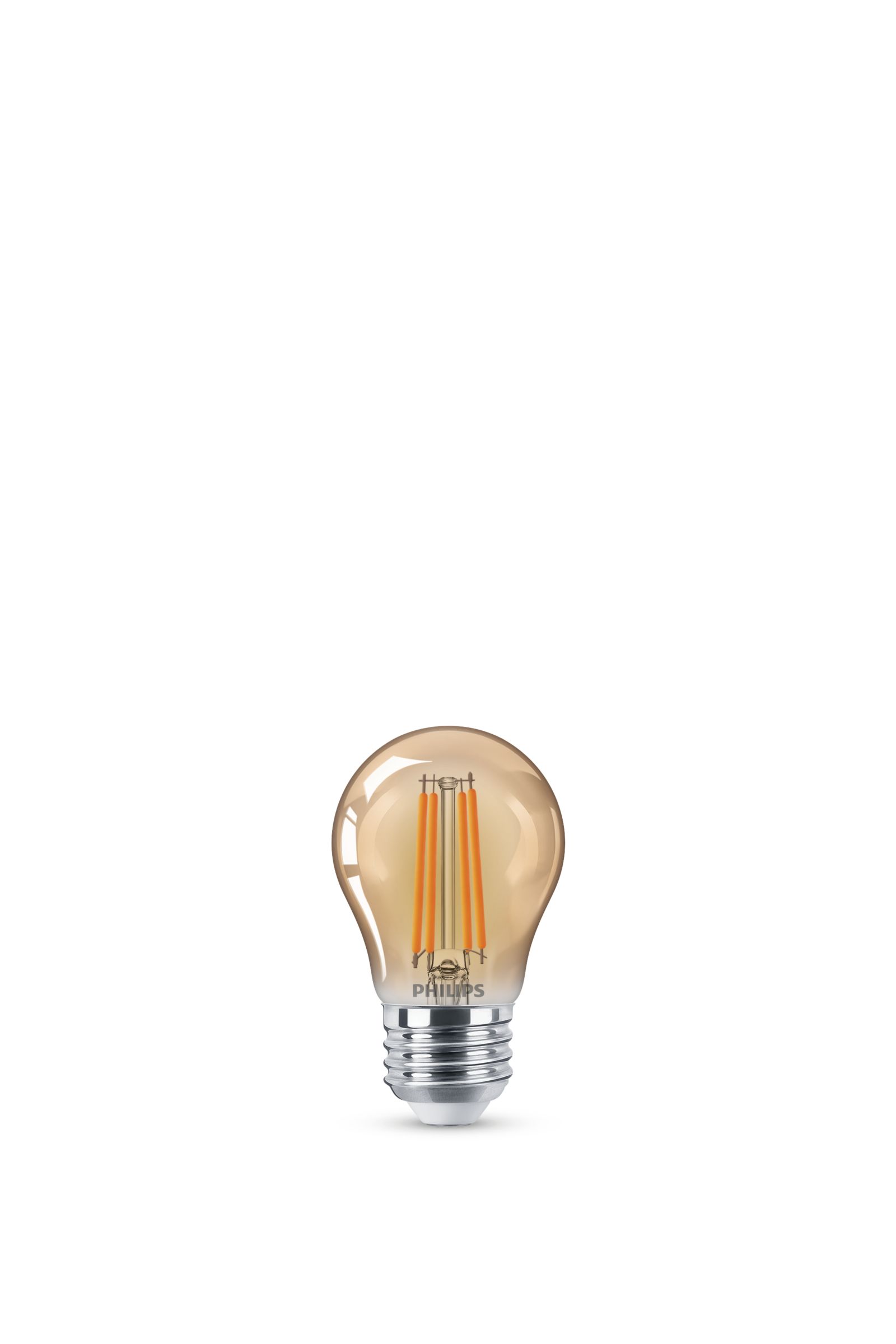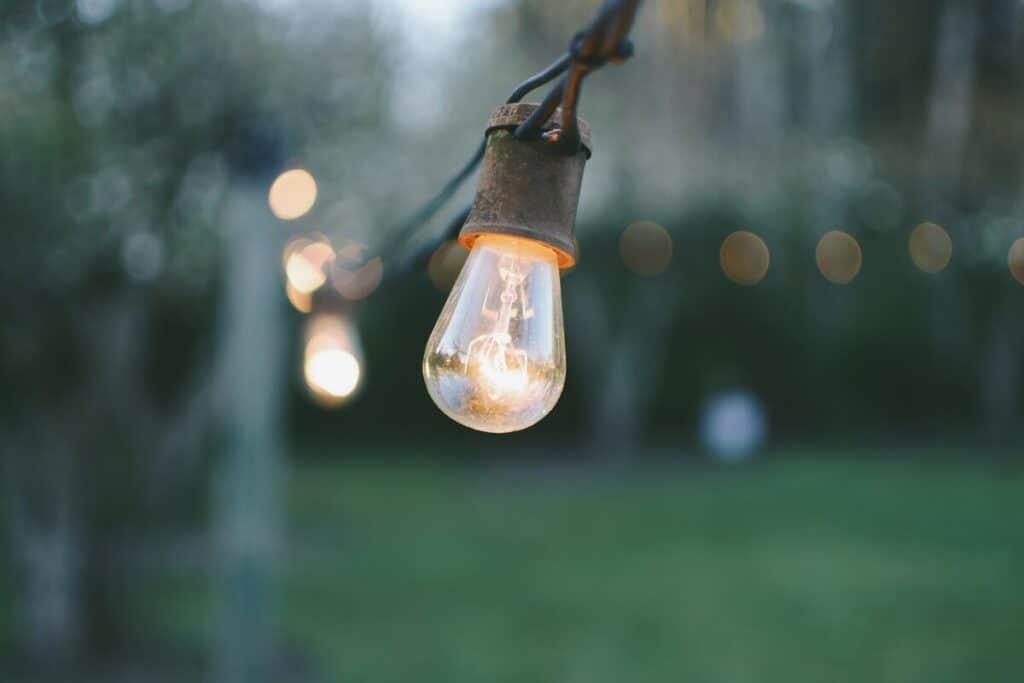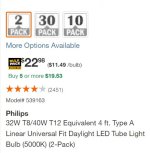NeXT
Veteran Member
Fluorescent was already pretty bad for getting colors beyond one or two of the common types. You could get tubes in yellow or red or pink or really any color of the rainbow but they were always special order and extremely expensive.
LED replacements now come in whatever color the factory wished to load the Pick and Place machine with.
LED replacements now come in whatever color the factory wished to load the Pick and Place machine with.



